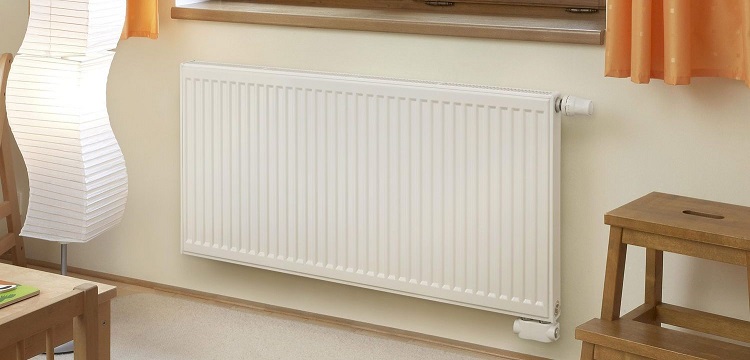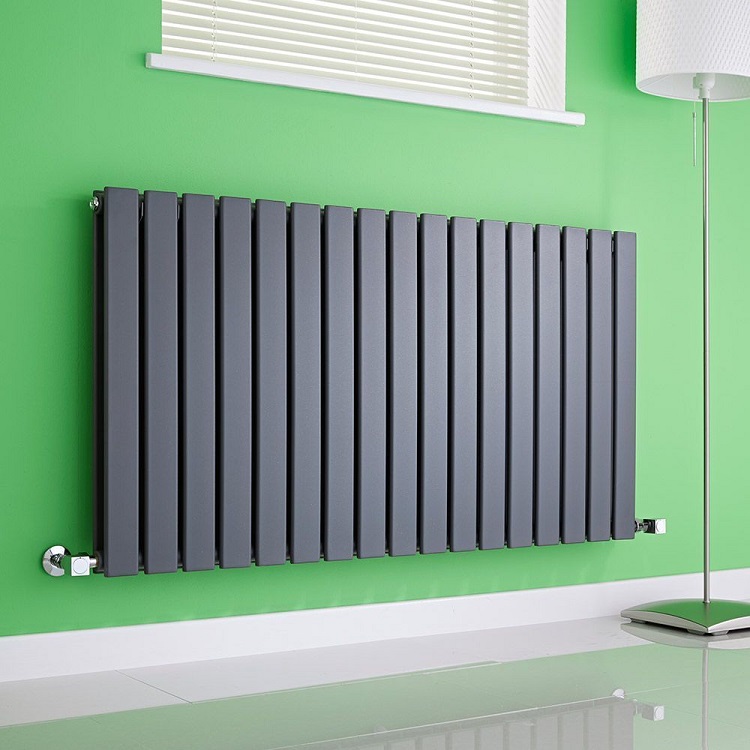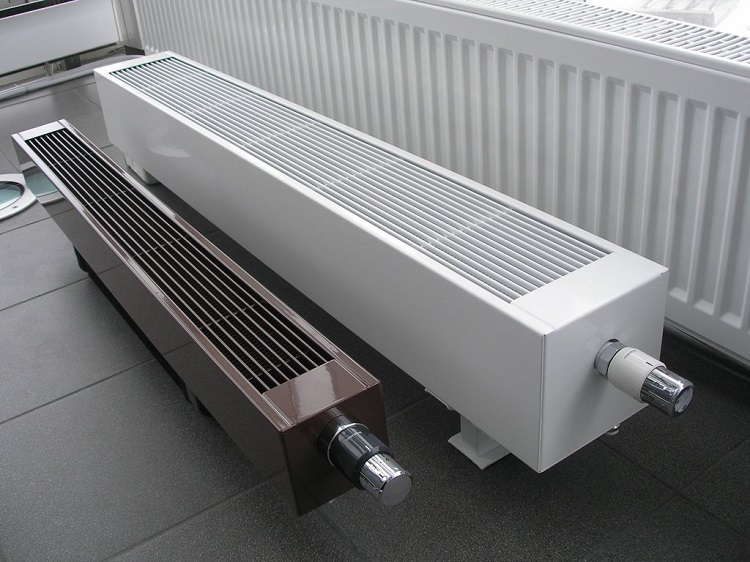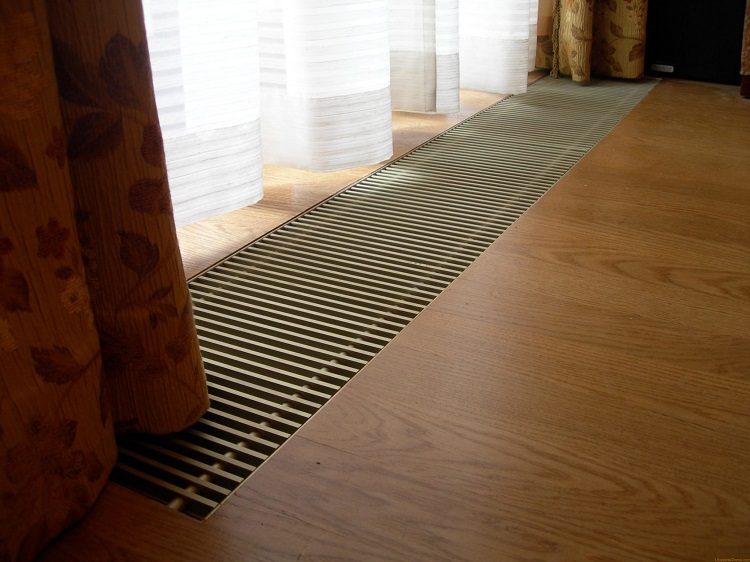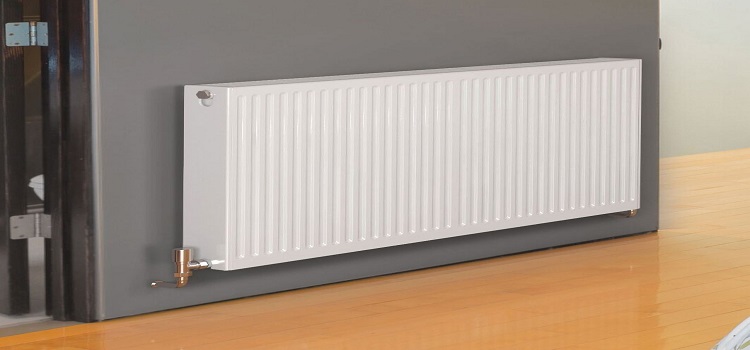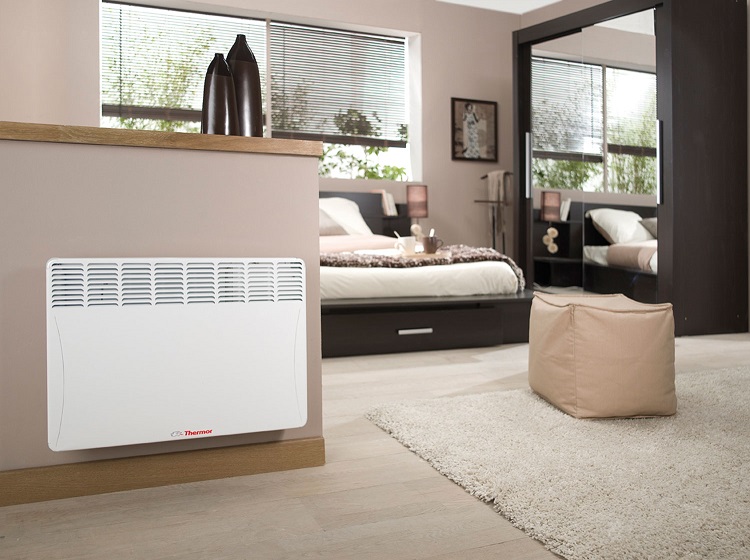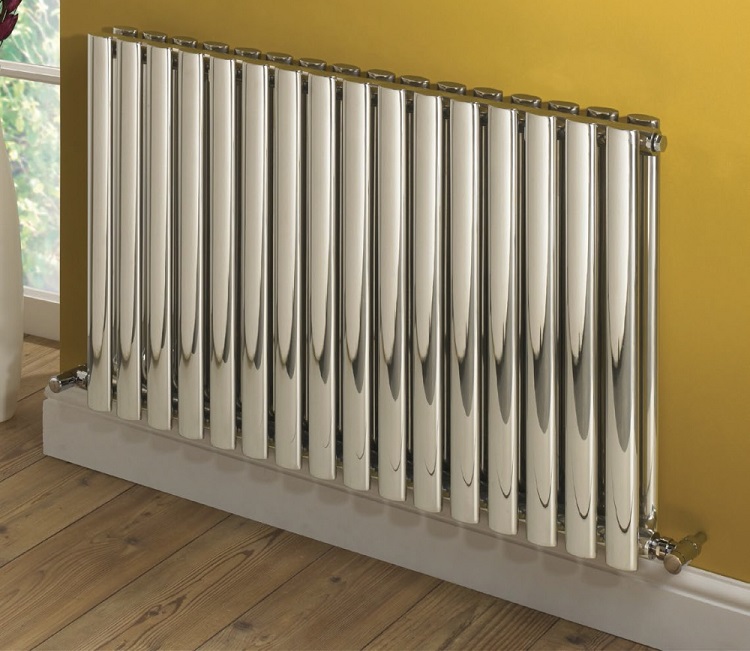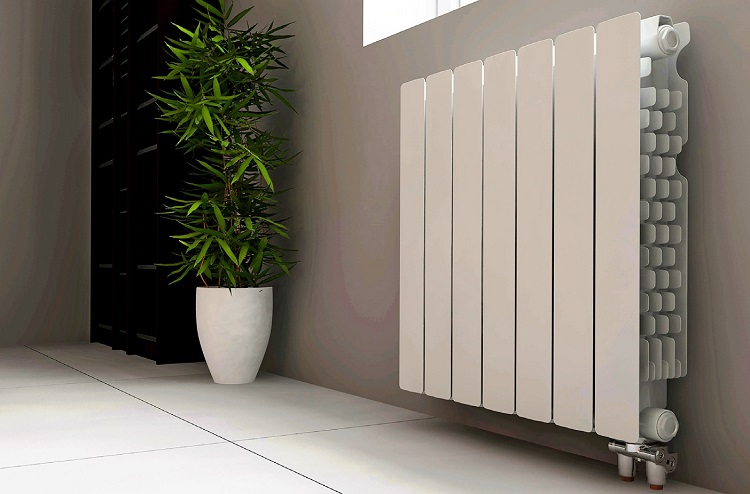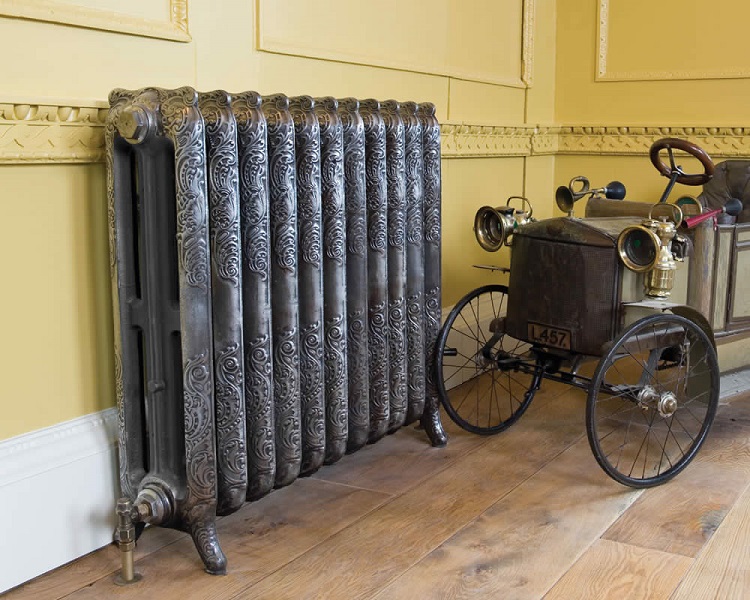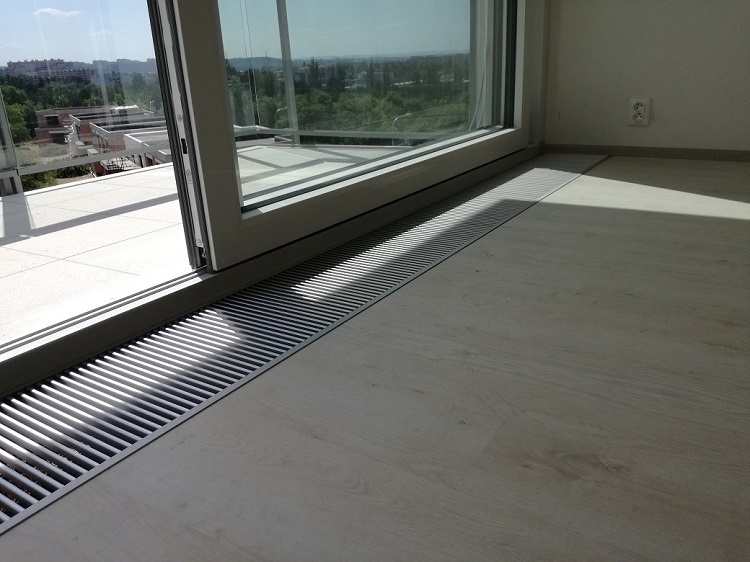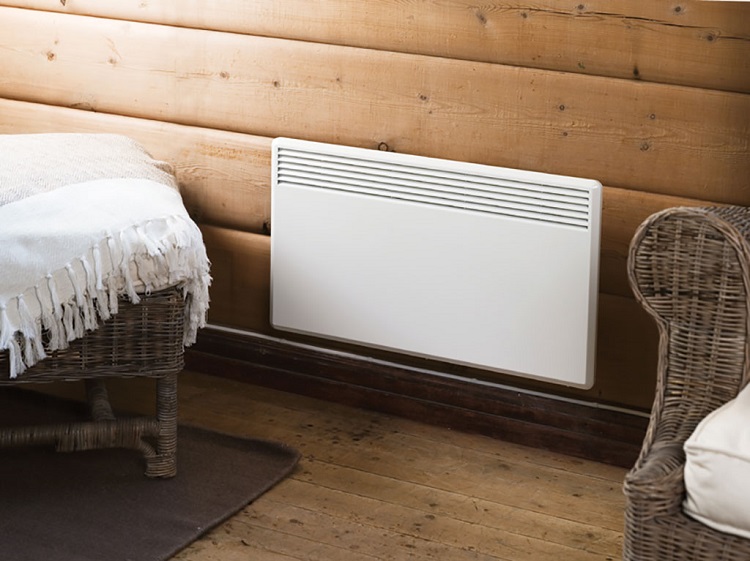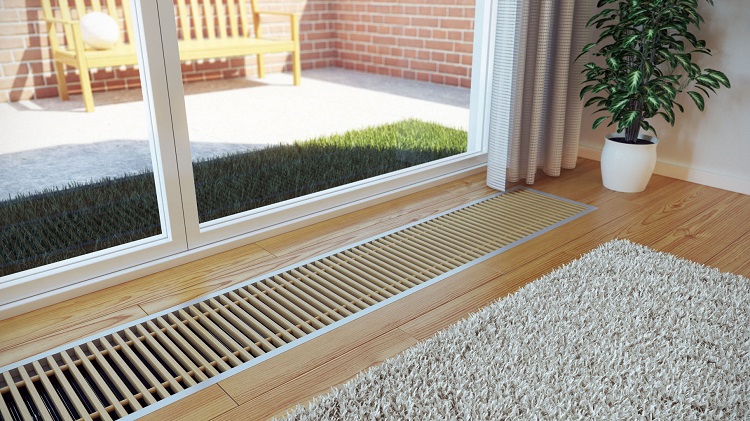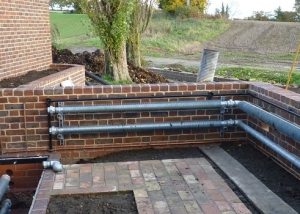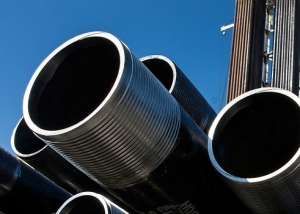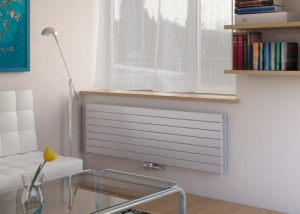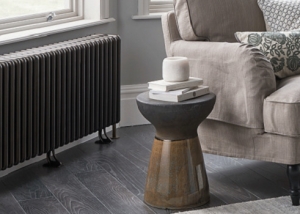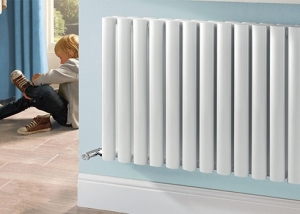Each heating system is designed for a specific heat supply method and reasonable consumer needs. With an illiterate choice of the type of radiator and irrational supply of coolant, it is difficult to ensure comfort in the room. Today, the choice of heating structures is very large, and in most cases it is difficult to quickly decide which is better - a radiator or convector, because you need to take into account all the specifics of these structures, their characteristics, as well as the type of heating system in the house.
Content
- 1 What is the reason for the need for modernization of heating
- 1.1 The main differences between heating appliances
- 1.2 Modern radiators and convectors, their distinguishing features
- 1.3 Advantages and disadvantages of conventional radiators
- 1.4 Positive and negative characteristics of convectors
- 1.5 Distinctive characteristics of electric convectors
- 1.6 Which is better - radiator or convector
What is the reason for the need for modernization of heating
Each heating system has its pros and cons. And although modern batteries minimize costs, thanks to the rapid heating of the air in the room, nevertheless it cannot be said that they are ideal in any case.
As you know from school physics lessons, air expands when heated and rises. Further, cold streams come in its place. When replacing rising rarefied streams with cold masses, a natural cycle is formed, due to the difference in air density. This is how the room warms up with conventional water batteries.
After a season, it is recommended that old radiators be purged or cleaned if they get worse. In 15-20 years it’s better to replace it altogether, by this time they will be hopelessly clogged:
- organic sludge (black fetid sludge);
- rust (iron oxide from pipes);
- various chemical deposits;
- calcium scale.
With natural convection, the cycle rate directly depends on the temperature of the coolant in the sections of the radiator and if it is not hot enough, then the heat level in the room can be increased only with the help of additional sources: an effective convector or an oil radiator.
Modern equipment gives up energy an order of magnitude higher than bulky old-style batteries. But, choosing a convector or radiator, you should consider many factors, so that the choice really justifies itself.
The main differences between heating appliances
A huge selection of models is offered at each outlet for the sale of thermal equipment.
They are classified (or differ) according to a number of properties:
- power (thermal return, how quickly the room heats up);
- connection method (connection points to the pipes for the coolant inlet and outflow);
- a variety of assembly, whole or with the possibility of increasing the length;
- body manufacturing metal (cast iron, steel, bimetal, aluminum or copper);
- safety of work (low-quality products often burst when testing the system);
- maximum load (ultimate pressure);
- equipment dimensions (length, height and depth);
- design (appearance, style);
- installation method (built-in, floor and wall, vertical and horizontal);
- type of energy (heating from the boiler or from the mains);
- the expected coolant (water and steam, antifreeze and oil) with a characteristic pH level (acidity);
- economic benefits (cost and effectiveness).
There is also a difference in mobility: a heater running on an electrical outlet warms up the oil inside the tank - this is a mobile oil heater. But it can only serve as an additional source of heat.
Water and electric convectors also warm the air with the principle of a battery, the circulation of air masses around them occurs naturally or forcibly - through the built-in fan.
Modern radiators and convectors, their distinguishing features
Sectional and panel radiators are ordinary batteries operating on a water coolant. They have small design differences:
- Sectional heating devices are made of the same elements, with a small heat loss they can be increased.
- Panel models are characterized by greater heat dissipation, the front shield hides the main channel of the coolant - a steel or copper tube. This is a one-piece device for heating a room, it cannot be increased in length, like a sectional model.
However, their location is always standard - under the windows, on the walls.
As for convectors, they are easy to hide in the interior. It is possible to place several air space heating units. They are:
- wall mounted;
- basement;
- baseboards;
- floor;
- in-floor.
The most common are floor-standing appliances with 1 or 2 heat exchangers, which are easy to operate due to natural convection.
Hidden thermal blocks can be installed:
- inside the stairs;
- under the bars in the floor along the panoramic windows;
- in partitions for zoning;
- in niches and cabinets for cabinet furniture.
Convector plates inside the device provide quick heat transfer due to the fact that when heated, the air expands and pushes out with acceleration. This explains the special property of this variety. Such devices heat up the entire volume of air much faster with low energy consumption.
Advantages and disadvantages of conventional radiators
Each product is not without flaws, although they recede into the background in front of a list of positive characteristics.
Conventional radiators differ:
- reliable work;
- good thermal return due to the large surface;
- do not dry the air;
- do not require oxygen absorption to support the process of calorie release into the environment;
- environmental friendliness and safety;
- the absence of external odors during operation;
- the possibility of use as a place for drying things after washing;
- affordable cost relative to other heat sources.
Note! Modern models are distinguished by a large model range, equipped with adjustment valves to reduce the temperature of the batteries.
Disadvantages are mainly in older models:
- it is difficult to change the surface temperature (hot batteries can harm the health of the child);
- acceleration takes a long time until the case warms up;
- Over time, sediment accumulates and becomes clogged.
We can also not mention the minuses that differ for the heating blocks of the room, depending on the properties of the metal:
- Pig-iron “accordions” are heavy, create a load on the materials of walls and floors (if there are legs), on the foundation, which is extremely undesirable in buildings on unsteady soils.
- Steel and bimetallic models are subject to internal corrosion, and the painted surface is unstable to mechanical damage.
- Radiators made of light and ductile aluminum can not withstand overload during water hammer and burst at the places where pipes are connected to the battery.
- Copper and bimetallic batteries with a copper tube are good for everyone, but they are too expensive, especially when you have to change the entire heating circuit in a house or apartment.
Helpful advice! Choosing radiators for an apartment, it is worthwhile to calculate the number of sections first. For a room with a small wall area, it makes sense to purchase vertical models that can be placed in a limited space.
Positive and negative characteristics of convectors
Convectors have a lot of positive properties:
- safety;
- more compact form than all other radiators;
- the possibility of use in combined heating (duplication), when you need to quickly heat a large room;
- high efficiency (superior to other heating devices in efficiency);
- do not require prolonged heating of the case;
- warm (not hot) to the touch, cannot lead to burns;
- models built into the floor are better where ordinary batteries are inconvenient (panoramic glazing, a large hall with a special design concept);
- affordable cost.
Forced blowers of warm air (with cooler) have their drawbacks:
- a stream of air raises dust, mold spores and bacterial microflora, which is extremely undesirable for allergy sufferers and asthmatics;
- devices connected on different walls form a draft with a temperature difference (harmful for small children);
- it is necessary to monitor the level of heat so that nearby combustible objects and liquids do not overheat;
- uneven heating of the room at one point, especially at the beginning of work;
- difficulty in care. In order for the convector to work for a long time without interruptions, the duct and grilles must be regularly and thoroughly cleaned of dust.
Attention! Each variety has its own disadvantages, including sources of energy. For large gas boilers for radiators, the removal of combustion products is necessary.
Distinctive characteristics of electric convectors
Mobile models on casters can be used in the absence of central heating during the period when there are still no severe frosts. Of course, the main system cannot be replaced with a compact heater; it can only heat a small space.
Such devices are well suited for temporary heating: it makes no sense to turn on the boiler, for example, if 1-2 rooms need heat in a large building. Electric power heaters, including convector-type ones, can do this well. It is also economical in that the heating units can be turned off a few hours before departure if the walls, windows and doors retain heat well.
There are basic criteria by which one can judge the effectiveness of a mobile electric convector with a cooler and a conventional heating device operating on a familiar heating circuit.
Table 1
| Characteristic | Water radiator | Electroconvector |
| Safety | Warm surface | Warm air flow |
| Lifetime | Up to 30-50 years | Average 10 years |
| Thermal return | It does not give off heat until it warms up itself | Heats up immediately |
| Cost-effectiveness | Efficiency depends on metal and coolant | Power and energy consumption are adjustable |
| Dimensions and mobility | Occupy space in a window sill or on a wall | Install anywhere |
| Cost | Installation starts from 2000 rubles. | No installation required |
But there is also a significant minus: work from the network is expensive, especially when using electric convectors. The installation of multi-tariff meters (day / night) is recommended in order to minimize energy costs.
Which is better - radiator or convector
The use of modern convectors on central heating meets the basic consumer requirements.This is a modern type of heaters, which has many advantages. Convectors can be built into any partition or floor so that they are not visible. With such devices, it is quite possible to replace the usual radiators, which do not always fit harmoniously into the interior.
However, in urban apartments of a typical layout, some convector models are simply impossible to use. For example, you cannot install such a device inside the floor.
Otherwise, such models are a good solution for organizing home heating, you only need to give preference to high-quality devices and correctly calculate their power and quantity.
